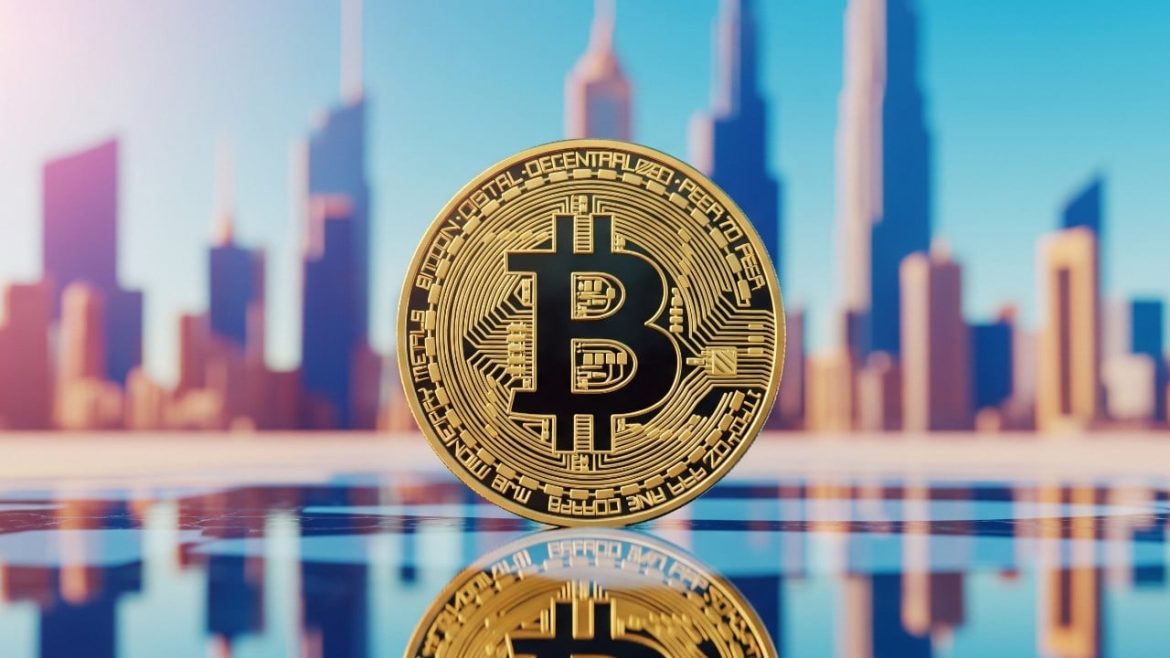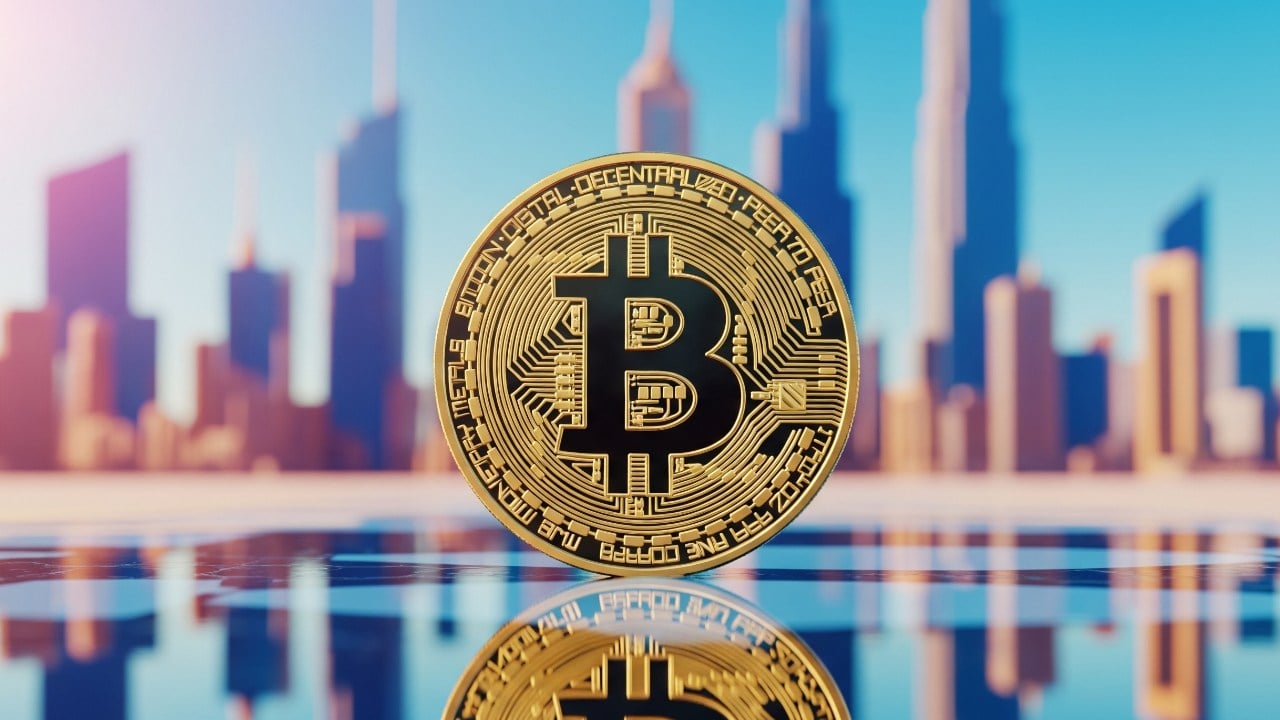The prediction that 0.1 Bitcoin (BTC) could one day eclipse the value of a house in the United States is more than a provocative soundbite—it’s a window into changing views around wealth, technology, and the concept of the American Dream. As Changpeng Zhao (CZ), founder of Binance, suggests, a shift of this magnitude isn’t just a matter of eye-popping price charts; it’s a reflection of deeper economic, cultural, and technological tides.
Rethinking the American Dream
Traditionally, the American Dream has been about the pursuit of homeownership: the white picket fence, a lawn to mow, a tangible asset symbolizing stability and opportunity. CZ’s assertion—that in the not-so-distant future, portfolio bragging rights may belong not to the homeowner, but to the Bitcoiner with 0.1 BTC—signals a profound potential reorientation. But what makes such a bold prediction even remotely plausible?
0.1 BTC: More Than Just a Sliver
At today’s prices, 0.1 BTC hovers around $5,000–$7,000, a fraction of the median U.S. home value, which is above $400,000 in 2024. To flip this ratio, Bitcoin would have to climb into the millions—a feat dismissed by skeptics but mathematically conceivable because of Bitcoin’s fixed, algorithmically enforced scarcity: only 21 million will ever exist.
Owning 0.1 BTC is to own 1/1,000th of the entire supply. With 330 million people in the U.S. alone, it’s clear not everyone can stack even this much, let alone globally. Fixed supply meets growing demand, and you start to see why some call even fractional BTC ownership “a big deal.”
Scarcity vs. Real Estate: The Supply Game
Homes, of course, are not infinite either—but their value is driven as much by location, regulation, and economic factors as by supply. Bitcoin, by contrast, isn’t tied to geography, isn’t subject to physical decay, and doesn’t require monthly upkeep or property taxes. Its scarcity is pure math, not zoning board politics.
– Real estate: Elastic supply (new developments, renovations); local factors dominate price
– Bitcoin: Perfect inelasticity; global price mechanism; extreme divisibility
Macro Trends Fueling the Shift
Recent years have seen high inflation, soaring home prices, and widening generational wealth gaps. For young Americans, homeownership feels increasingly out of reach, while digital assets—borderless, cryptographically secure, and free from institutional gatekeeping—look like a compelling alternative.
The surge in institutional interest, mainstream adoption, and discussions of integrating Bitcoin into traditional banking and mortgage infrastructure have lent further credence to these digital dreams.
American Households: Financial Fragility vs. Digital Hope
The Federal Reserve’s most recent survey reveals that a third of Americans couldn’t cover a $400 emergency expense without going into debt. Meanwhile, Bitcoin—volatile as it is—offers, for some, an asymmetric bet: the promise that even a small holding might one day leapfrog legacy assets.
Crypto advocates point out that if just a sliver of total global wealth tips into Bitcoin, scarcity could drive the price to dizzying highs, forever re-ranking assets and statuses.
The Psychological Shift: Value, Status, and Security
Prestige: From Deeds to Digital Wallets
Traditionally, owning a home is tangible proof of having “made it.” If CZ’s forecast comes even halfway true, future status symbols may be veiled in cryptographic hashes rather than backyard barbecues. Flexing a 0.1 BTC balance on a hardware wallet could carry more cachet than the keys to a McMansion in the suburbs.
Security: Physical vs. Digital
Houses are shelters but can be destroyed, seized, or taxed into an anchor. Bitcoin, if self-custodied, provides personal sovereignty: resistant to confiscation, portable across borders, and, in theory, immune from the whims of central banks or local governments.
Accessibility and Barriers
Homeownership in America is a patchwork of bureaucracy, credit scrutiny, and red tape. Jumping into Bitcoin, by contrast, requires only an internet connection and a crypto wallet. This contrast in accessibility resonates with a generation disengaged from the traditional paths of wealth-building.
Economic Realities: Could Bitcoin Truly Outpace Real Estate?
Mathematical Pathways
For 0.1 BTC to outvalue a median American home, BTC would need to reach at least $4,000,000 per coin. That’s an order-of-magnitude price surge that requires either a collapse in home price, hyperinflation eroding the dollar, or spectacular, sustained flows of global wealth into digital assets.
With sovereign debt ballooning, currency debasement fears spreading, and Bitcoin’s halvings continually squeezing new supply, this long-tail scenario is hard to rule out, at least in strictly probabilistic terms.
Risks and Rebuttals
– Volatility: Bitcoin’s price rollercoaster is legendary. Could it really offer the kind of safety and investment predictability that homeownership traditionally has?
– Government action: Could regulatory clampdowns, punitive taxes, or bans slow or reverse cryptocurrency’s ascent?
– Network and technological risk: While Bitcoin is the OG, new technologies or bugs could upend its dominance.
– Societal factors: Shelter is still a necessity. Will digital tokens ever trump the basic human need for a roof?
Cultural Implications: What Happens if CZ Is Right?
Redefining Wealth
If the new litmus test for the American Dream is a Satoshi-rich stack—the Bitcoin equivalent of “bricks”—a reshuffling of attitudes toward risk, savings, and status ensues. Gamifying savings, normalizing self-custody, and decentralizing wealth become rites of passage.
Shifting Priorities
The nation (and world) may move from owning land to owning digital real estate—a radical leap from physical to virtual priorities. The result is not just different assets, but divergent ideas about permanence, privacy, and power.
Unintended Consequences
While such a shift may democratize access to wealth accumulation for some, it also risks ditching physical neighborhoods, communities, and traditional forms of security. The social contract around housing, lending, and retirement could morph into something new—and unfamiliar.
The Future Dream: Optimism or Delusion?
We may scoff at the idea now—just as previous generations once mocked the concept of magic internet money itself—but the acceleration of digital transformation, financial innovation, and societal frustration with the status quo is undeniable.
Whether Bitcoin ever achieves such stratospheric value, one thing is certain: the mere suggestion reveals a hunger for alternative models of prosperity and an openness to redefining security for the digital century.
Conclusion: When Algorithms Replace Architectures
If—even for a moment—0.1 BTC outvalues a US home, the meaning of “making it” in America will have changed fundamentally. Whether that’s a utopian leap, a dystopian retreat, or just history caught in fast forward, the conversation is as much about hope, belief, and imagination as it is about price charts or blockchains.
Ultimately, the American Dream may always have been less about the physical structure you own and more about the sense of security, possibility, and self-determination you can muster. In a networked world, maybe the next Dream is written not in deeds and mortgages, but in code and cryptographic signatures.





